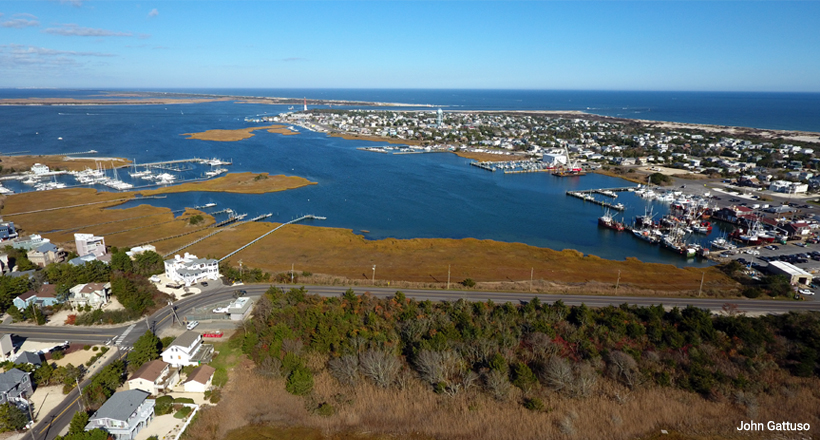CLIMATE RESILIENCE CORPS
Shoring Up the Jersey Shore
Coastal communities are increasingly threatened by severe weather. The Coastal Climate Risk and Resilience initiative trains Rutgers graduate students to collaborate with local decision-makers and help vulnerable communities prepare for the impact of climate change.
DAVID W. MAJOR / RUTGERS MAGAZINE – In 2012, New Jersey residents got an alarming tutorial on what unmitigated climate change portends when Hurricane Sandy, one of the worst storms in state history, devastated the coast from north to south, destroying businesses, beach homes, and boardwalks and swamping communities several blocks inland. “The October storm, which carried a price tag of roughly $40 billion for New Jersey, reflected undeniable trends in recent decades: a rising Atlantic and flash floods, record summer heat and humidity, and severe storms. If they had not already, municipal leaders of ravaged communities began taking stock: what was it going to take to protect the coast and populations against the next big storm—or even the less severe, more frequent ones?
New Jersey is not alone. A changing climate is increasingly threatening the world’s coasts, which are economic engines and homes to millions. In the United States, coastal counties produce 40 percent of jobs, contribute more than 58 percent to the nation’s gross domestic product, and contain more than 50 percent of the population and critical infrastructure such as ports and energy-generating stations …


